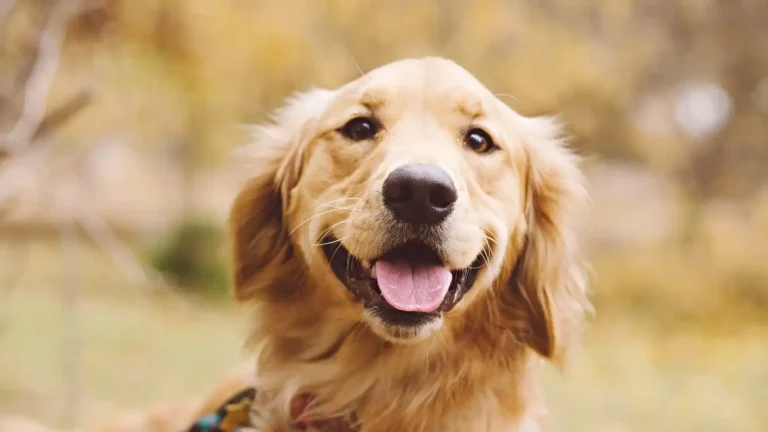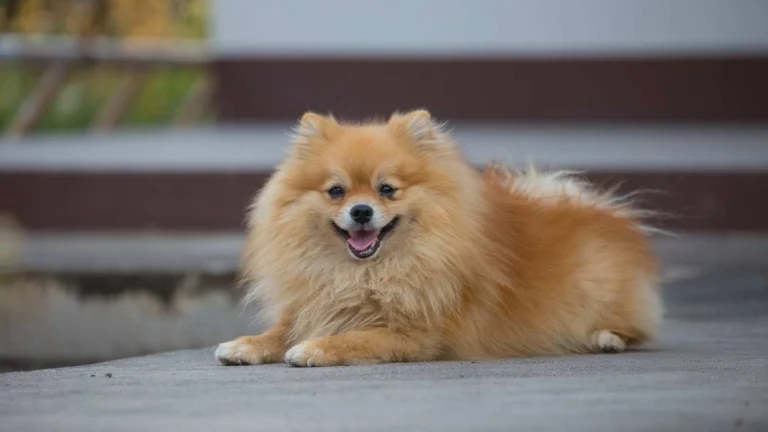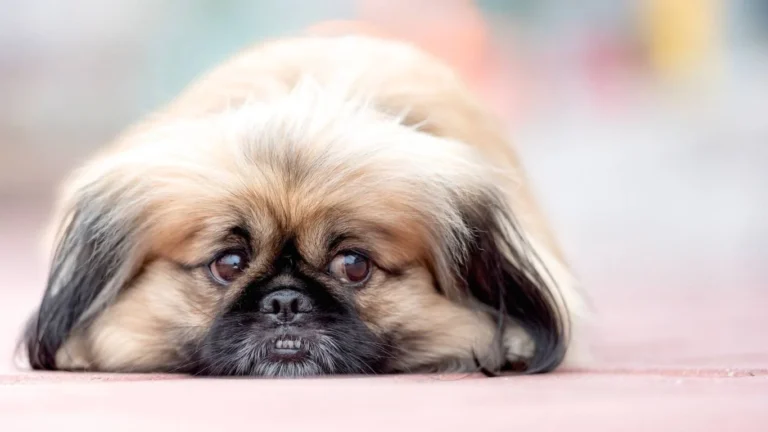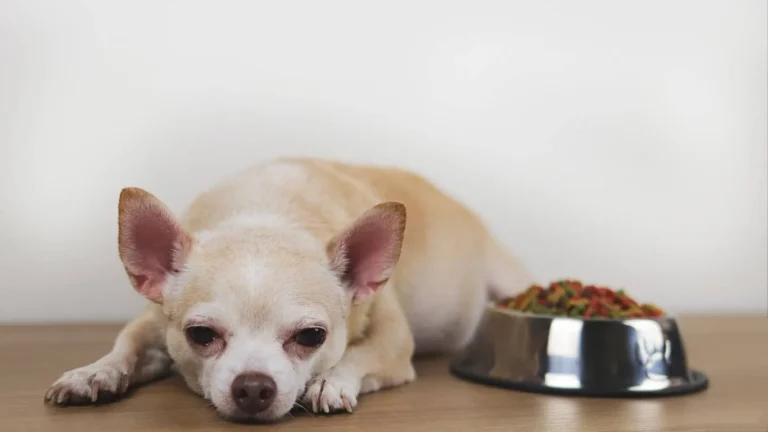How to Reduce Your Dog’s Indoor Accidents Effectively
If you’ve been desperately searching for ways on how to reduce your dog’s indoor accidents, you’re not alone. Trust me, as someone who’s worked for years as a Veterinary Technician with a focus on canine nutrition, I’ve seen my fair share of frustrated pet parents. The good news? You’re not stuck with a pup that thinks your carpet is their personal potty spot. There are solid, doable steps you can take — some are quick fixes, and others involve a bit more consistency and patience. But hey, if you’re already reading this, you’re halfway there.
Understanding Why It’s Happening

It’s Not Just Bad Behavior
One of the biggest misconceptions I run into with pet owners is the assumption that dogs have accidents because they’re being “bad.” In reality, there are usually deeper reasons behind the mess — and no, it’s not because your dog wants to get back at you for skipping their walk. Dogs don’t really think that way. It could be anxiety, medical issues, or even poor diet choices. I once had a sweet little Dachshund patient who was peeing all over the house, and after some digging, we realized it was due to a hidden UTI. Always rule out health problems first!
Could It Be the Food?
This one’s close to my heart, obviously — being a vet tech who nerds out over nutrition! Poor-quality dog food can lead to digestive issues, loose stools, or frequent urination. A dog’s diet impacts more than just their weight and coat; it affects their bathroom habits too. I usually recommend a limited-ingredient, high-quality protein source, especially for pups with sensitive stomachs. If their digestive system is out of whack, indoor accidents are just a matter of time.
Set Up for Success
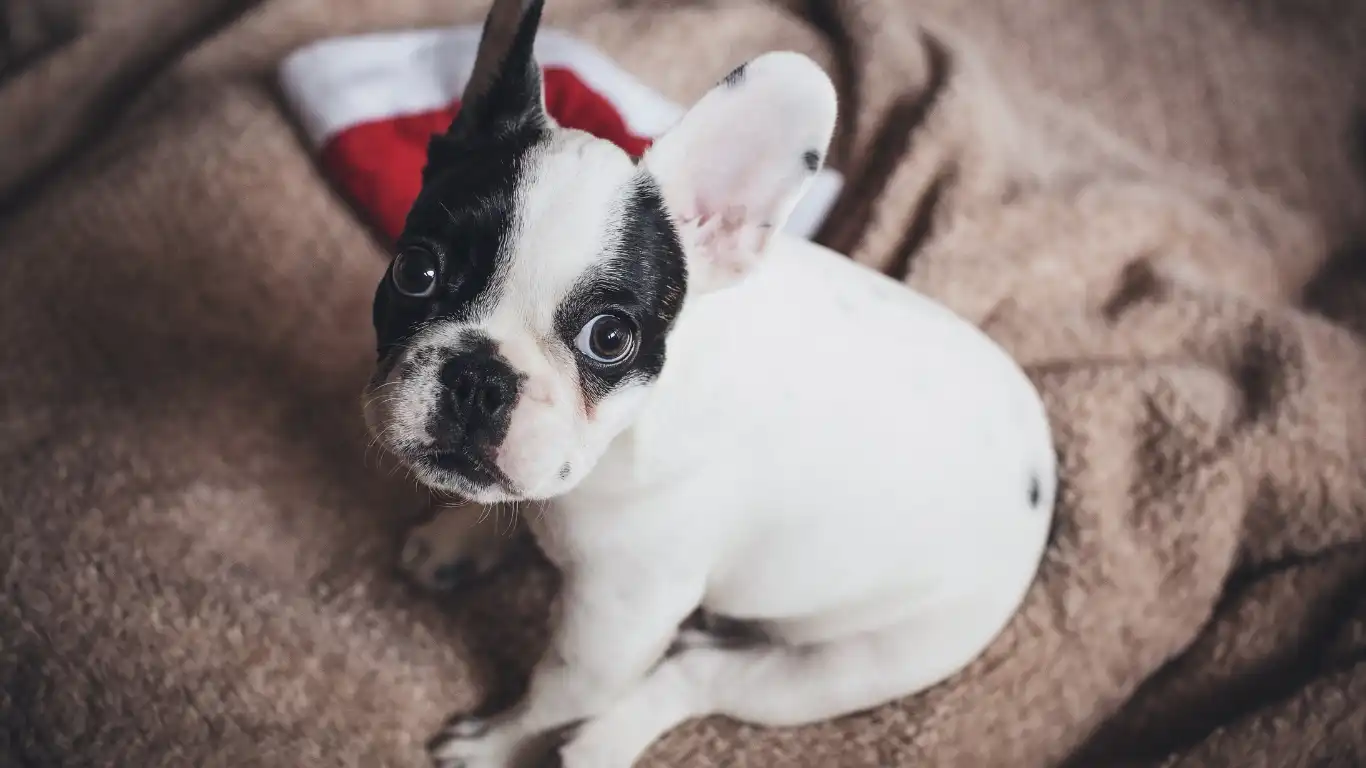
Create a Consistent Routine
Dogs are creatures of habit. If they don’t know when their next potty break is coming, they’ll make their own schedule — and that usually means your rug takes the hit. Set a regular schedule for feeding and walks. I usually recommend taking them out:
- First thing in the morning
- After meals
- Before bed
- Anytime they’ve been crated for a while
Stick to this routine religiously, especially if you’ve just adopted a dog or are working with a puppy. You’ll be amazed at how much this alone can reduce accidents.
Designate a Potty Zone
Whether you’ve got a backyard or live in an apartment, your dog needs a designated potty area. Taking them to the same spot every time helps reinforce the habit. Dogs are smell-driven, and their scent tells them, “Oh yeah, this is the right place to go.” A client of mine started taking her Pomeranian to a specific patch of grass after every meal, and in just under two weeks, indoor accidents became a thing of the past.
Crate Training: Not Cruel, Actually Helpful
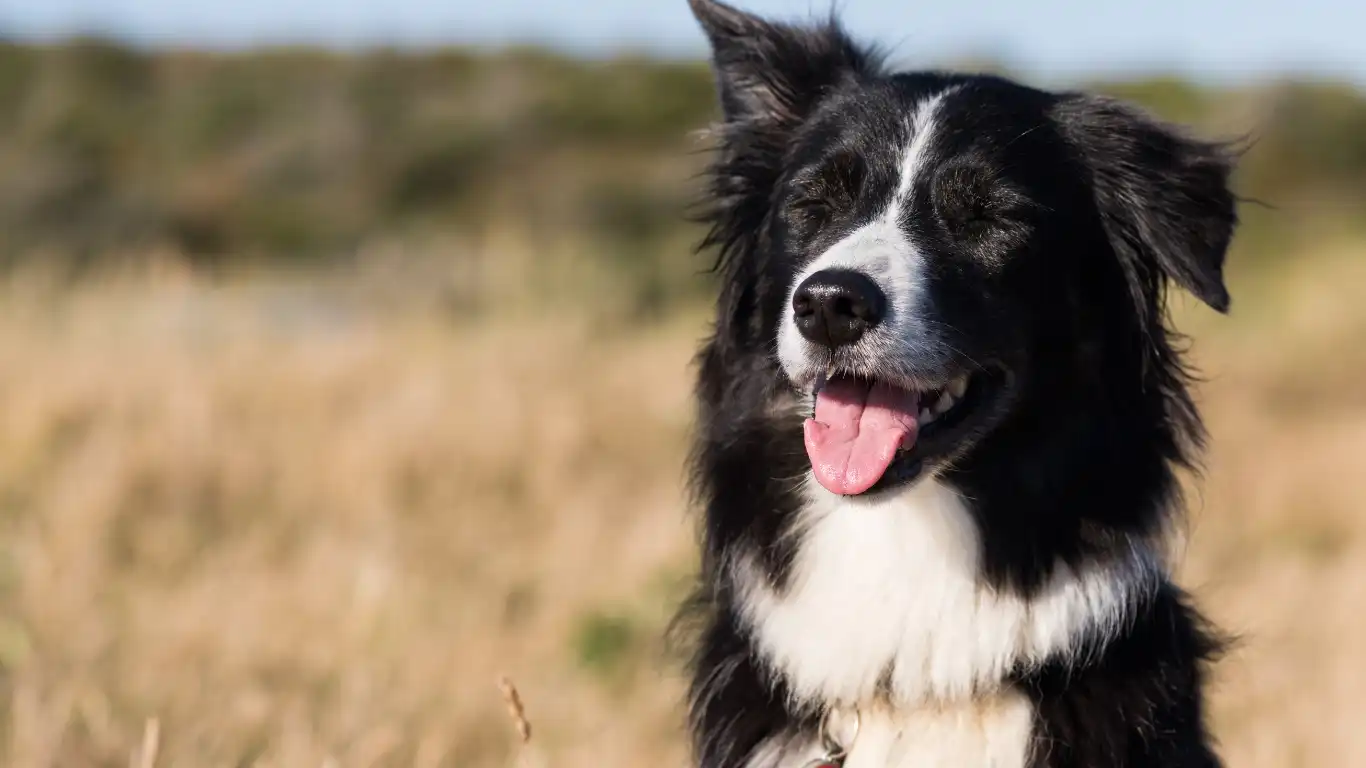
Making the Crate a Safe Space
Let me just say it: Crate training is not punishment. When done right, your dog will see it as their own personal den — a cozy, safe space. The key is to introduce the crate slowly and never use it for punishment. Use treats, familiar toys, and comfy bedding. I had a senior Labrador patient whose owner was hesitant about crate training, but once they gave it a shot, her dog started holding it until he was let outside. Crates can actually prevent a lot of accidents by encouraging bladder control and reducing anxiety-driven messes.
Know the Right Crate Size
Too big, and your dog might pick a corner to pee in. Too small, and it’s just uncomfortable. The crate should be big enough for your dog to stand, turn around, and lie down comfortably — that’s it. Don’t overthink it, but don’t eyeball it either. Getting the right fit really matters here.
Reinforcement and Rewards: Why Positive Training Works
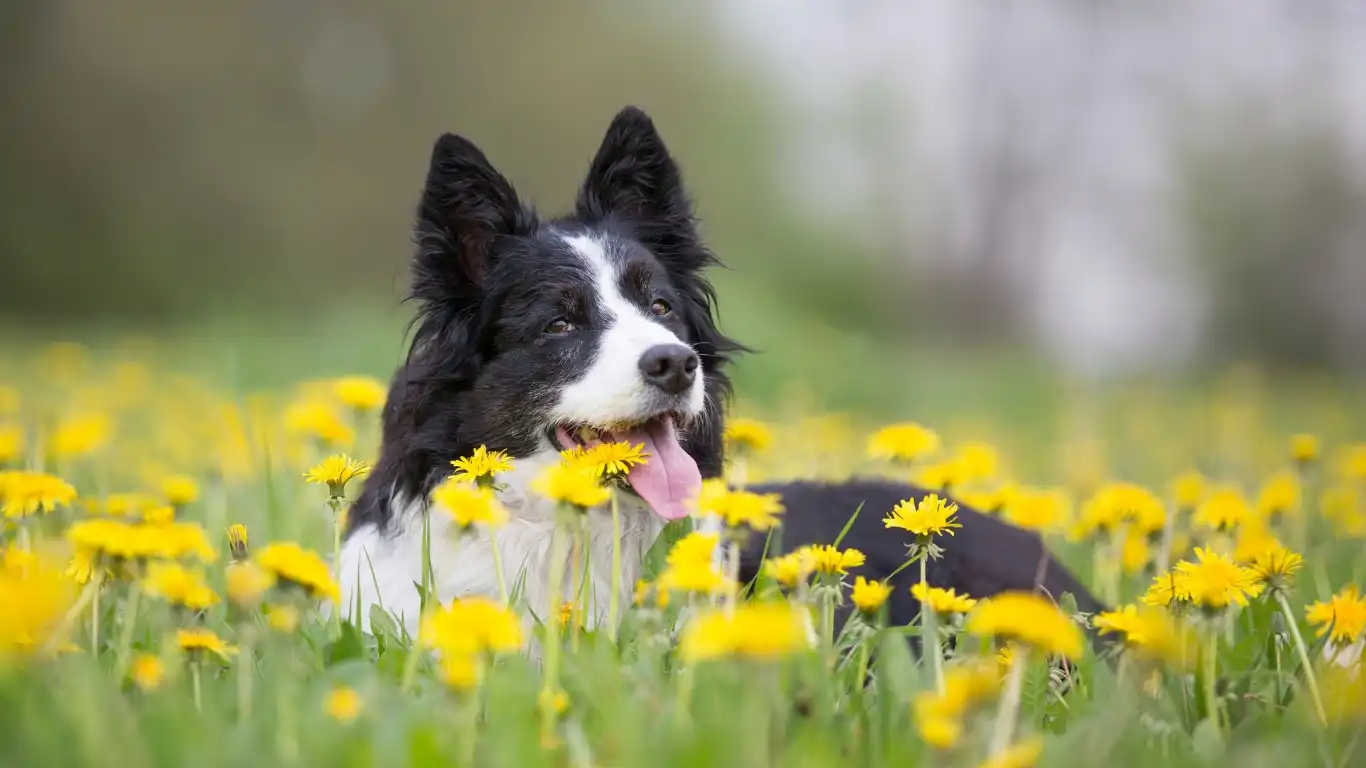
Catch Them Doing It Right
Here’s something I wish more people understood: Positive reinforcement isn’t just for tricks. When your dog goes potty outside, throw a mini party! Treats, praise, a goofy happy dance — whatever works. Dogs thrive on encouragement. I had one client with a Shih Tzu who only started doing his business outside once she began bringing a little treat pouch on walks. Every successful potty earned him a treat, and in a week, those indoor mishaps started fading out.
Treat Timing Matters
One common mistake? Giving the reward once you’re already back inside. That totally confuses your pup. They might think coming inside is what earned the treat. The reward has to come immediately after the act. I tell pet parents: the second that squat finishes, reward. Get in there with enthusiasm — you’re reinforcing the behavior you want repeated.
Addressing Accidents the Right Way

No Yelling, No Rubbing Noses
This one drives me a little nuts. Despite years of education and outreach, I still hear folks talk about rubbing their dog’s nose in it. Please don’t. It’s outdated, ineffective, and just damages your bond with your dog. They don’t connect the punishment with the accident — they just end up scared or confused.
Clean Up Like a Pro
If your dog smells even a hint of urine in the carpet, chances are they’ll mark that spot again. It’s like their natural post-it note saying, “Yep, this was the spot.” So, you need to clean up with something enzymatic. Not just your regular household cleaner — enzymes break down the smell on a microscopic level. I recommend brands that are pet-safe and specifically designed for urine and feces. Trust me, your nose might not pick it up, but your dog’s absolutely will.
When to Worry: Medical Red Flags

Frequent Accidents After House Training
If your pup was doing great and suddenly starts having accidents again, it’s worth checking in with your vet. Bladder infections, kidney issues, diabetes, even neurological disorders — they can all play a role. One of my past patients, a spry 8-year-old Beagle, suddenly started having daily pee accidents. Turns out, she had early-stage kidney disease. Catching it early helped her manage it better and gave her more comfortable years ahead.
Other Symptoms to Watch
- Increased thirst and urination
- Sudden incontinence during sleep
- Straining or whining while trying to go
- Blood in urine or stool
Any of those signs? Don’t wait. Call your vet. I always say — accidents aren’t just inconvenient, sometimes they’re little warning signs wrapped in fur.
How to Reduce Your Dog’s Indoor Accidents with Environmental Tweaks
More Access to Outdoor Time
Sometimes it’s as simple as logistics. If you live in a high-rise or have a busy schedule, your dog might not get out often enough. I’ve worked with pet parents who set up balcony potty patches or used indoor turf trays during training phases. It’s not a forever fix, but it bridges the gap until your dog is fully housebroken.
Minimize Triggers
Noise anxiety, being left alone too long, or even changes in routine can lead to “stress peeing.” If your dog tends to have accidents during storms or fireworks, that’s not uncommon. Try calming aids like compression wraps, pheromone diffusers, or soothing music. I even had a client who swore by lavender-scented dog bed inserts. It helped her anxious Border Collie sleep through the night — and stay dry.
Consider Doggy Daycare or a Walker
Let’s face it, we’re all busy. If your schedule keeps you away for hours at a time, and your pup’s bladder isn’t made of steel, consider hiring a dog walker or enrolling in doggy daycare a few times a week. I used to recommend this to clients all the time, especially for young or high-energy breeds. Mental stimulation + bathroom breaks = fewer accidents and a happier dog.
Advanced Tips for Long-Term Success
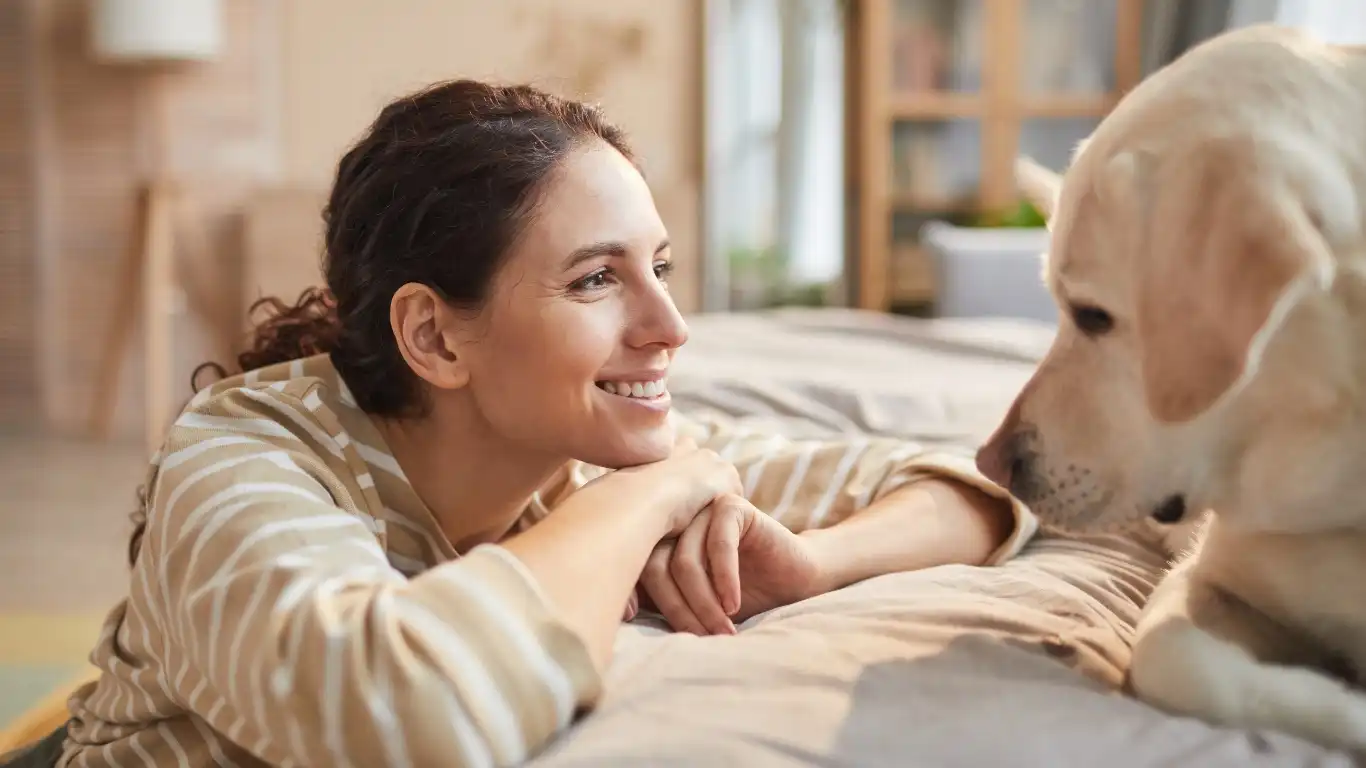
Tracking Your Dog’s Bathroom Habits
When I was working in the clinic, one thing that really helped pet parents was keeping a simple bathroom log. It sounds a bit old-school, but writing down the times your dog eats, drinks, and goes potty can reveal patterns that you might otherwise miss. For example, you might notice your dog tends to have accidents after certain meals or when left alone for too long. Once you spot these patterns, it’s easier to tweak the schedule or the environment accordingly.
Training Refreshers and Patience
Just because your dog was house-trained at six months old doesn’t mean it’s set in stone forever. Life happens — new puppies, moves, changes in routine, even aging can cause setbacks. When accidents pop up, it’s a good idea to go back to basics for a bit. Revisit the potty routine, increase outdoor trips, and boost those rewards. I always remind owners to stay calm and patient. Dogs can sense frustration, and that usually makes things worse.
Nutrition Tweaks for Better Control
Since nutrition is my specialty, I want to emphasize this one again. The right diet doesn’t just help your dog’s digestion, it can also improve bladder health. Ingredients that reduce inflammation or support urinary tract health — like cranberry extract, omega-3 fatty acids, or probiotics — can make a difference. I’ve worked with many vets and nutritionists who recommend these supplements when urinary issues arise. Of course, always consult your vet before adding anything new.
When Accidents Are More Than Just Accidents
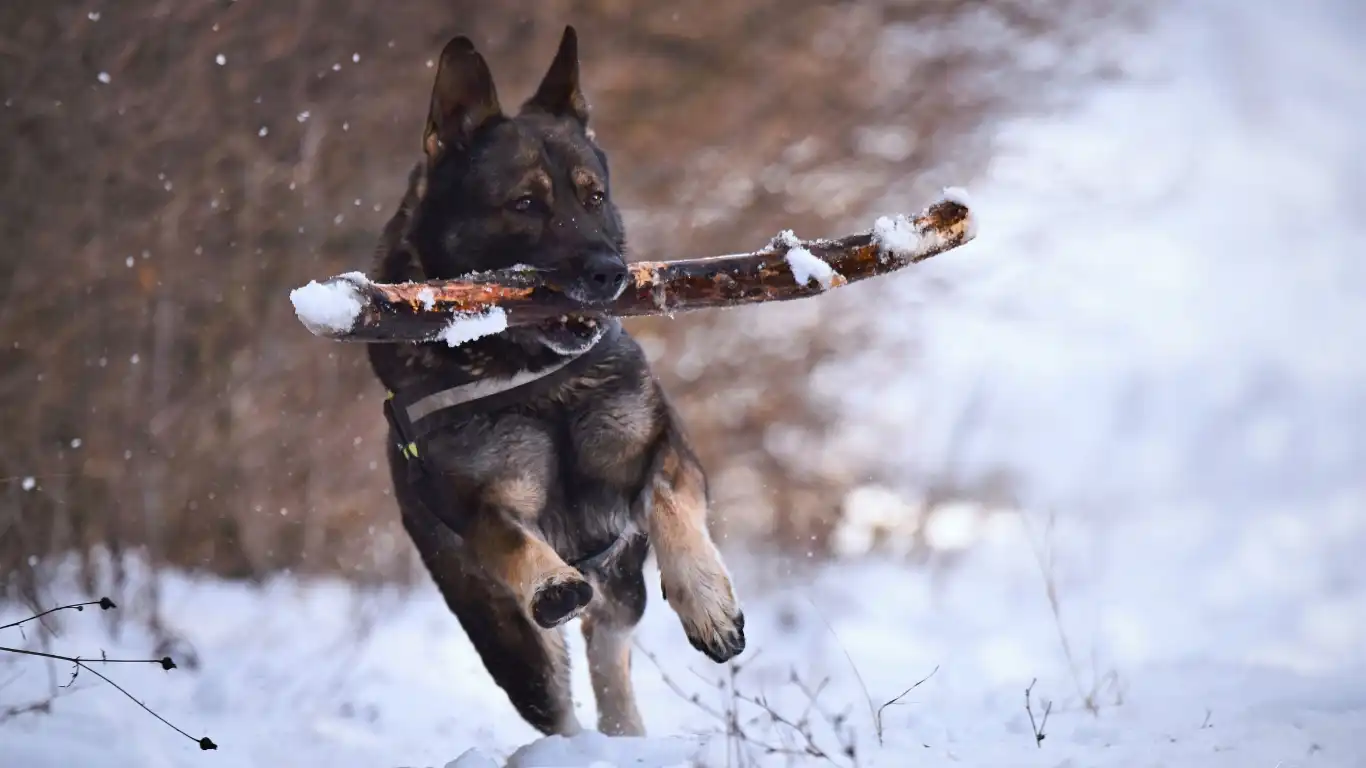
Separation Anxiety and Indoor Accidents
One tough but important cause of indoor accidents is separation anxiety. Dogs with this condition often pee or poop indoors because they’re stressed when left alone. It’s heartbreaking to see, and it requires a gentle, patient approach. Behavioral therapy, gradual desensitization, and sometimes professional help like a veterinary behaviorist or trainer might be needed. In my experience, combining training with calming aids can really improve these dogs’ quality of life.
Age-Related Challenges
Older dogs may struggle with incontinence or cognitive decline that causes accidents. It’s a tough stage to manage, but not hopeless. Many older dogs benefit from special diets formulated for seniors, scheduled potty breaks, and sometimes medications prescribed by a vet. I remember an elderly Golden Retriever I cared for who started having nighttime accidents — with a little extra care and vet support, his golden years were still full of love and dignity.
Creating a Supportive Environment for Your Dog
Patience, Consistency, and Love
Above all else, the secret ingredient to reducing your dog’s indoor accidents is patience. Changing behavior takes time, especially when medical or emotional issues are involved. Celebrate small wins and stay consistent with training and routine. From my years working alongside veterinarians and trainers, the owners who succeed most are those who treat their dogs with kindness and respect throughout the process.
Use Technology to Your Advantage
Modern tech isn’t just for humans. There are some great tools out there to help manage indoor accidents. From indoor dog cameras that let you check in and talk to your pup remotely, to automatic feeders and scheduled dog walkers — these can all support your efforts. Personally, I’ve seen how a smart camera helped a busy owner catch their dog’s behavior cues just before accidents, enabling timely intervention.
Ask for Help When Needed
If you feel stuck, reach out to your veterinarian or a professional trainer. Sometimes, a fresh set of eyes can spot something you missed. Remember, you’re not alone in this journey — many dogs and owners face similar challenges. And as a vet tech, I can tell you that help is just a call or appointment away.
References and Resources
- American Veterinary Medical Association
- American Animal Hospital Association
- Association of Professional Dog Trainers
- Veterinary Information Network
Disclaimer
The information provided here is based on my experience as a Veterinary Technician specializing in canine nutrition and general care. However, it is not intended to replace professional veterinary advice, diagnosis, or treatment. Always consult your veterinarian for concerns regarding your dog’s health, behavior, or medical conditions.

